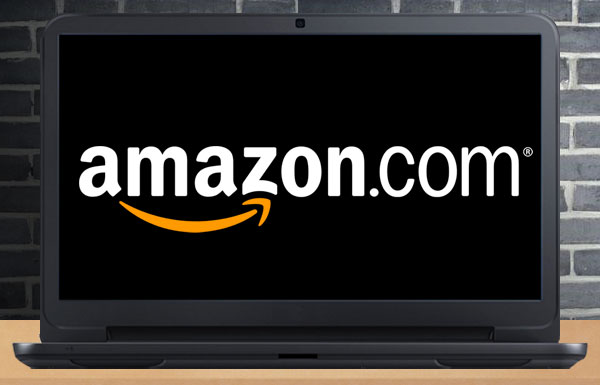Amazon on Thursday leapt into the Internet of Things market with the announcement of its AWS IoT platform.
AWS IoT lets devices — ranging from cars and turbines to sensor grids and light bulbs — connect to services from Amazon Web Services.
That in turn allows companies to store, process, analyze and act on the mountains of data generated by connected devices.
Amazon recently bought 2lemetry, an IoT application enablement platform, noted Dan Shey, a practice director at ABI Research.
“Many IoT devices and applications already leverage AWS,” he told TechNewsWorld. “With Microsoft, IBM and others pushing their cloud and value-added services for IoT, Amazon certainly doesn’t want to miss its share of the IoT opportunity.”
And what an opportunity it is — the installed base of IoT units, which totaled 9 billion at the end of 2013, is expected to grow at a compound annual growth rate of 17.5 percent to hit 28 billion in 2020.
The Battle of the IoT Clouds
“Players like Cisco, IBM, Microsoft, Salesforce, and now Amazon are all muscling in on this space. We are seeing the battle of the IoT clouds at this point,” said Al Hilwa, a program director at IDC.
AWS “will see great traction for this with their existing customers,” he told TechNewsWorld, because its services “are interrelated and build on one another.”
The AWS IoT service targets both the industrial and consumer IoT spaces, Hilwa observed.
How AWS IoT Works
Devices connect to AWS IoT’s device gateway using both HTTP and MQTT — Message Queue Telemetry Transport. MQTT is an industry-standard lightweight communications protocol for sensors and mobile devices.
AWS IoT also supports other industry standard and custom protocols.
A rules engine lets device manufacturers define rules to filter, process and route data between devices, AWS services, and applications, as well as establish the action to take when various conditions are met — such as sending an alert when a pressure sensor reports an unusually high reading.
Cloud applications can interact with connected devices even when the devices are offline through a shadow, or persistent virtual version, of devices AWS IoT will create.
AWS IoT scales according to the number of connected devices.
NASA has been testing AWS IoT to process data its instruments have gathered from throughout the solar system.
“There are three stages to IoT: connecting everything; managing and analyzing the data; and creating intelligence out of the data,” said Jim McGregor, principal analyst at Tirias Research.
“Being the largest cloud services provider, Amazon can, and likely will, play a critical role in the second phase, and possibly even the third,” he told TechNewsWorld.
Hit the Ground Running
Amazon offers a software development kit for AWS IoT.
Through the new AWS Hardware Partner Program, several semiconductor manufacturers offer starter kits that enable the SDK and offer connectivity to AWS IoT out of the box.
They include Intel, Marvell, Mediatek, Broadcom, Arrow, Qualcomm and Texas Instruments.
The kits can be purchased online from Amazon.
Maintaining Security
Mutual authentication offered by AWS IoT ensures data security. All data going into and coming out of connected devices is encrypted.
AWS IoT is fully integrated with AWS Identity and Access Management, so users can set and manage granular permissions for individual devices or fleets of devices.
Users can generate and embed security credentials in existing connected devices. Alternatively, AWS IoT can generate new credentials the first time a device is activated.
“Overall, I think this is a big deal and good for the overall growth of the IoT,” ABI’s Shey remarked.
Startups and smaller businesses could benefit most from AWS IoT, McGregor suggested, because “Cisco and IBM deal with large corporate clients, and AWS is more flexible.”























































